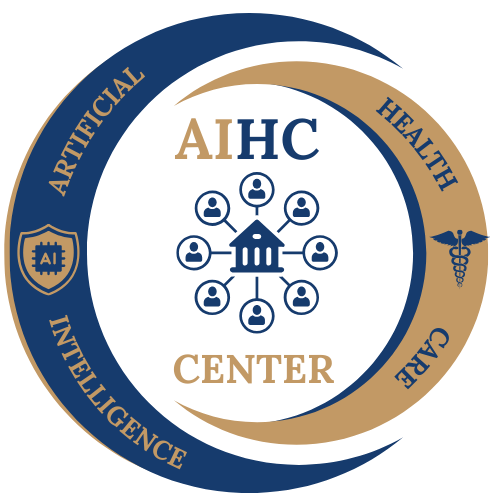Types of Articles: Ethics and Regulations
Filters by:
Category:
Level:
Tags:

Ethics and Regulations
Checklist for Artificial Intelligence in Medical Imaging (CLAIM)
Ensuring the reproducibility and validation of scientific results is essential, and RSNA has developed checklists and standards for this purpose, targeting audiences such as researchers, medical professionals, AI developers, students, and policymakers.

Clinical Applications
ECLAIR guidelines to buy
The ECLAIR guidelines provide a structured approach for evaluating commercial AI solutions in radiology, aiding stakeholders in assessing various factors like relevance, performance, usability, integration, compliance, financial viability, and support services.

Ethics and Regulations
Regulatory Bodies and Standards Organization
Regulatory bodies globally oversee the approval and usage of AI technologies in radiology to ensure safety and efficacy. Each region has its distinct regulatory frameworks and certifications. In the US, the FDA handles approvals; the EU uses CE Marking via EMA; Health Canada grants Medical Device Licenses

Education and Training
AI for Radiologists
Artificial intelligence (AI) is playing an increasingly vital role in radiology, driven by the development in machine learning and computational power. While it's not imperative for radiologists to have deep AI expertise, basic knowledge can significantly enhance their practice.

Education and Training
What clinicians should know about AI in radiology?
Artificial intelligence (AI) in radiology holds significant promise by enhancing diagnostic accuracy, streamlining workflows, and improving patient care. However, AI should be viewed as a supplementary tool rather than a replacement for human expertise. Key considerations include the limitations and ethical challenges of AI, such as data security, algorithm biases, and accountability.

Healthcare Operations
Hospital to consider implementing radiology solutions
Implementing AI in a hospital's radiology department enhances diagnostic accuracy, streamlines workflows, and saves costs by automating tasks. This results in improved patient care and operational efficiency. AI can prioritize urgent cases, allowing radiologists to focus on complex issues, and aids in personalized treatment planning.

Ethics and Regulations
FDA marking
The US Food and Drug Administration (FDA) regulates AI-based Software as a Medical Device (SaMD) to ensure safety and efficacy under the Federal Food, Drug, and Cosmetic Act (FD&C Act). The FDA uses four regulatory pathways—510(k) premarket notification, premarket approval (PMA), de novo classification, and humanitarian device exemption (HDE)—based on device risk.

Global Perspectives
Radiologists will not be replaced by the AI
Radiologists integrate advanced AI tools with their expertise to maintain diagnostic excellence. The role of radiologists encompasses complex decision-making, human oversight, and interpersonal skills, which are critical in handling ambiguous cases and ensuring ethical practices.

Ethics and Regulations
EU-CE marking
The CE marking is a certification symbol indicating compliance with health, safety, and environmental protection standards in the EEA. This is mandatory for medical devices, including those with AI for radiology. The new Medical Device Regulation (MDR) 2017/745 enforces stricter guidelines since May 2021, focusing on patient safety and requiring rigorous clinical evaluation.

Global Perspectives
Radiologists without AI knowledge
Radiologists who choose not to learn about AI in their field may face various implications. In the near term, they could experience reduced efficiency, a competitive edge, and difficulties in multidisciplinary collaboration, affecting the quality of care.




